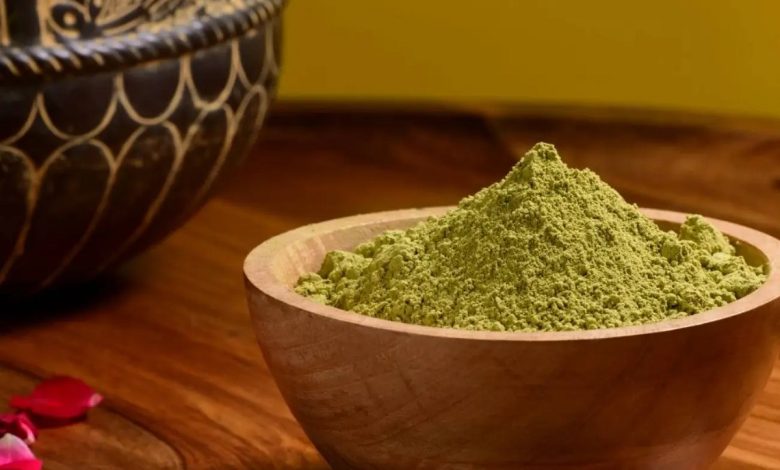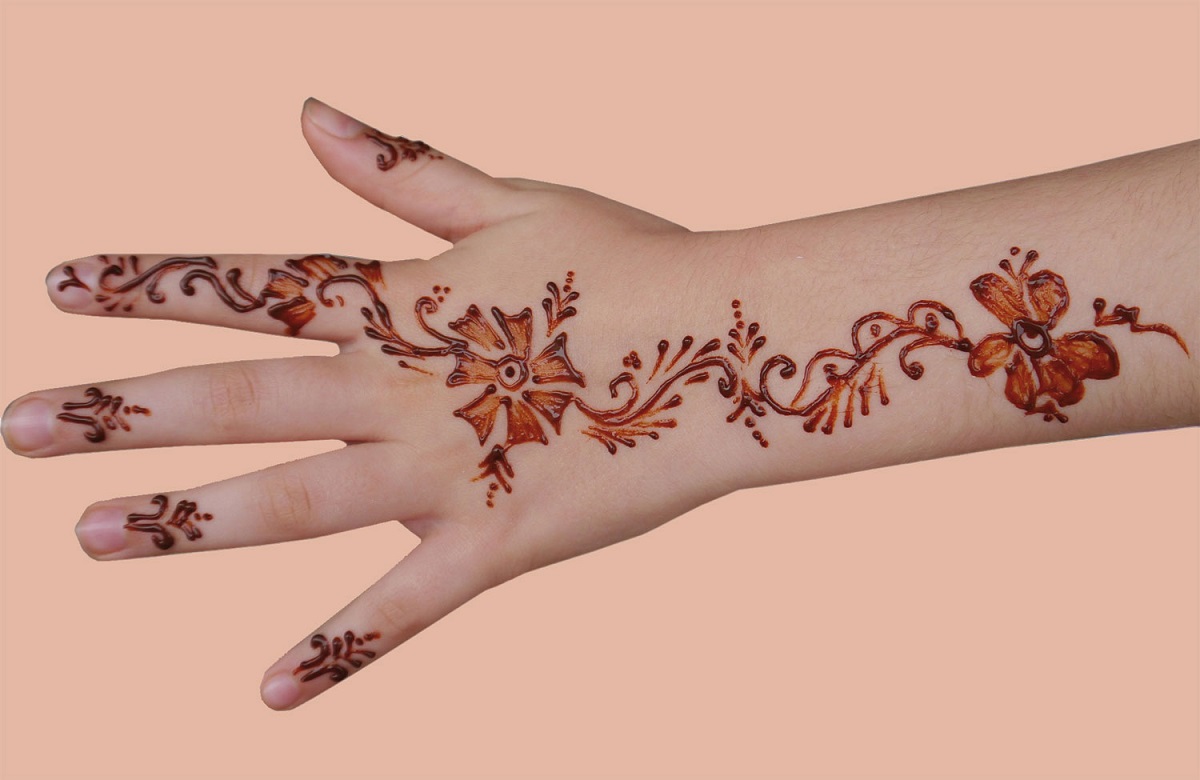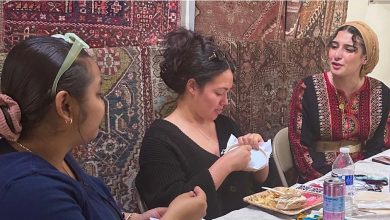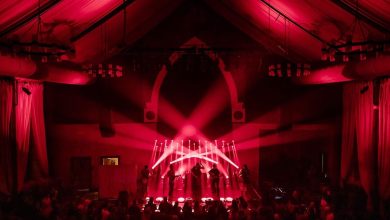The History of Henna in Arab Celebrations: A Symbol of Beauty and Blessing
From Ancient Rituals to Modern Weddings—The Cultural Significance of Henna in Arab Traditions.

Henna, or ḥinnāʾ in Arabic, holds a cherished place in the cultural and social life of many Arab communities. Its use dates back thousands of years, and it continues to be a vital element in celebrations—especially weddings, engagements, religious festivals like Eid, and even during pregnancy rituals.
Henna is a natural dye made from the crushed leaves of the Lawsonia inermis plant. In Arab societies, it is most commonly used to create intricate, reddish-brown designs on the hands and feet of women. Beyond its decorative function, henna is also believed to carry spiritual and protective meanings, symbolizing fertility, joy, and warding off evil spirits or misfortune.
Historically, henna ceremonies (laylat al-ḥinnāʾ) are especially prominent in wedding customs. In many parts of the Arab world, a special night is dedicated to applying henna to the bride’s hands and feet, often accompanied by singing, dancing, and female bonding. It is not merely aesthetic—it marks a rite of passage, a blessing, and a preparation for new life.

Regional differences exist: In Morocco, henna designs often include protective symbols like the hamsa (hand of Fatima). In the Levant and Gulf countries, floral and lace-like patterns dominate. In North Africa, the bride’s henna night can last for hours with elaborate garments and rituals.
Even today, the popularity of henna has not faded. Many Arab women—regardless of age—still turn to henna for beauty, celebration, and tradition. Henna artists have even innovated with modern styles, combining old motifs with contemporary flair.



